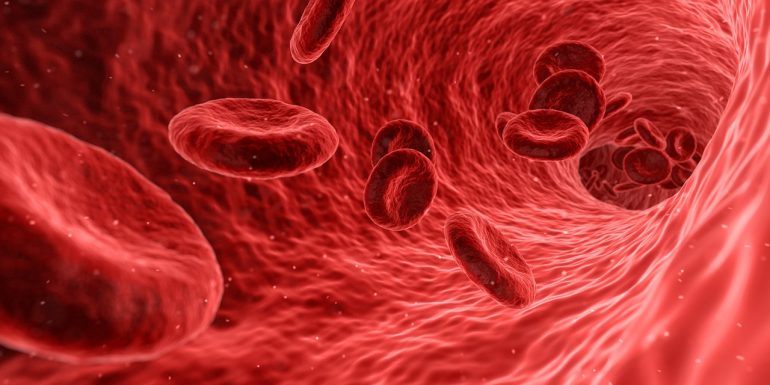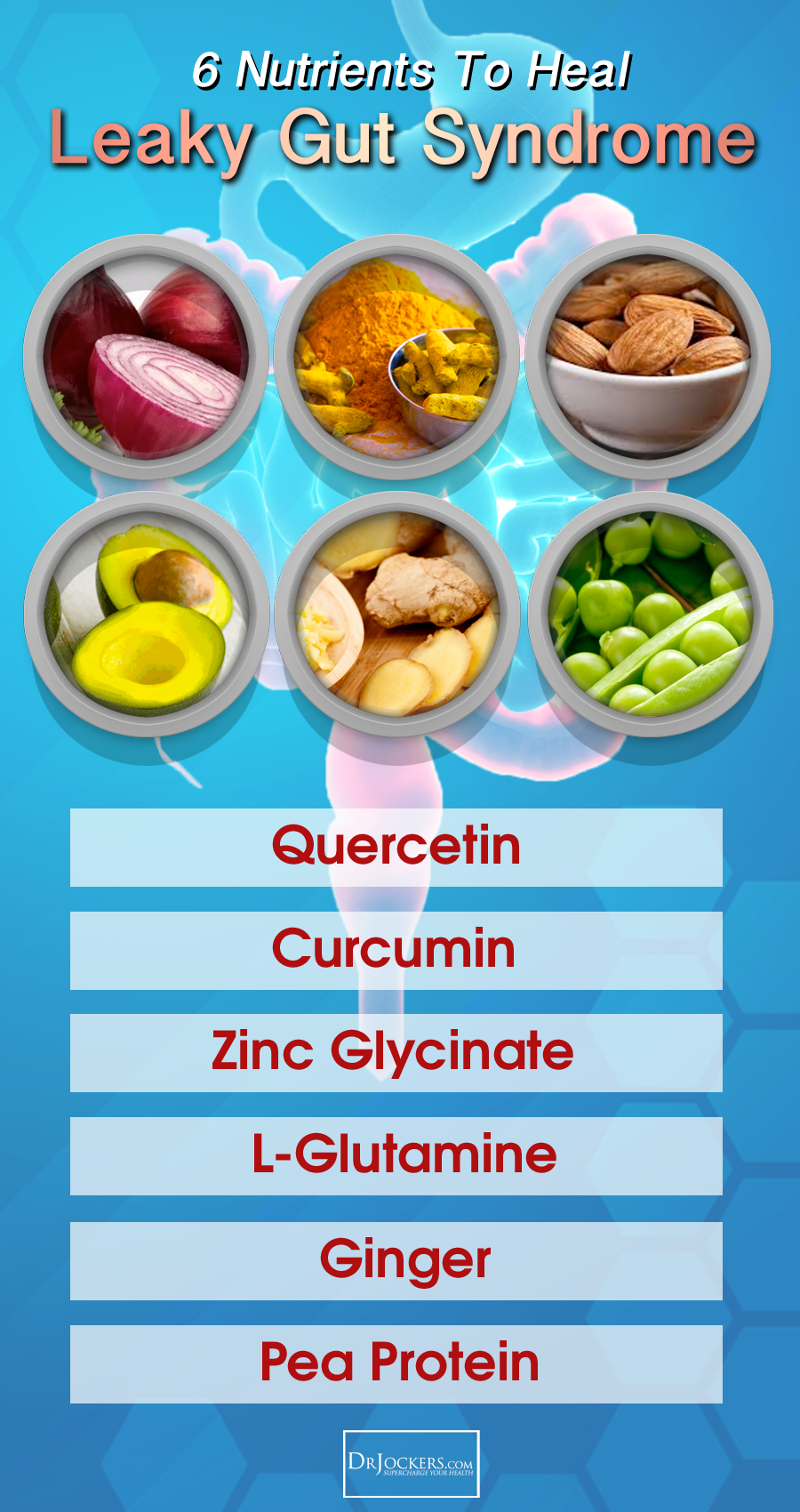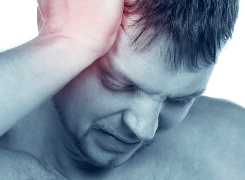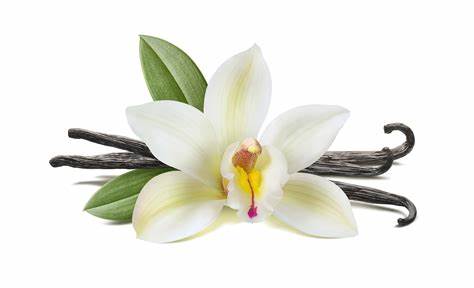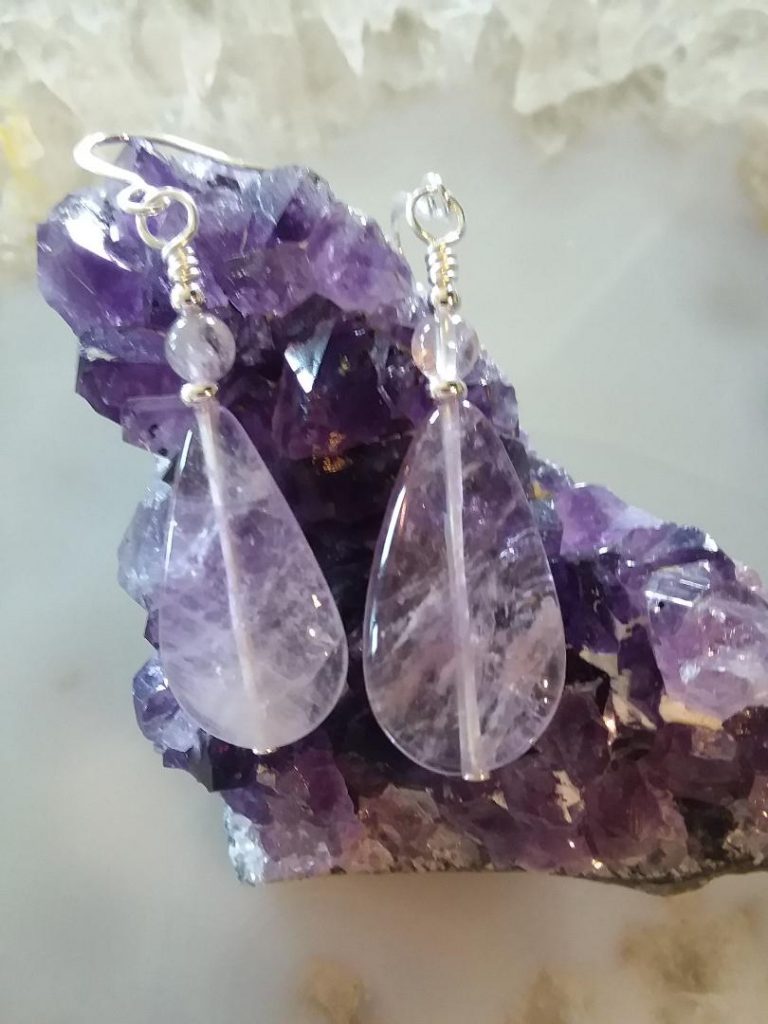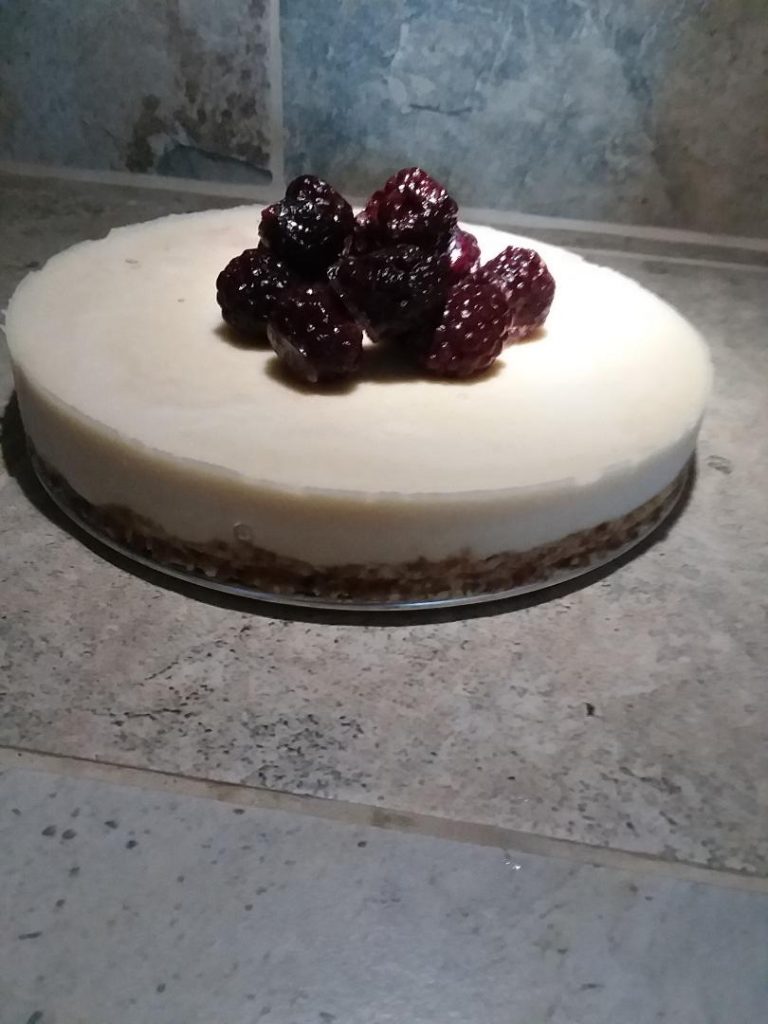What is a clot?
These jelly like masses of blood form after a bodily injury, to prevent excessive bleeding. Platelets and proteins in the plasma work together to form a clot in the injured area. Typically the body dissolves the clot after the injury has healed.
On occasion clots form inside arteries or veins without injury and don’t dissolve on their own. These can lead to stroke or pulmonary embolism. Clots are serious and require accurate diagnosis and appropriate treatment.
According to the CDC:
- Stroke kills more than 130,000 Americans each year—that’s 1 out of every 20 deaths.
- Someone in the United States has a stroke every 40 seconds. Every 4 minutes, someone dies of stroke.
- Every year, more than 795,000 people in the United States have a stroke. About 610,000 of these are first or new strokes.
- About 185,000 strokes—nearly 1 of 4—are in people who have had a previous stroke.
- About 87% of all strokes are ischemic, in which blood flow to the brain is blocked.
- Stroke costs the United States an estimated $33 billion each year. This total includes the cost of health care services, medicines to treat stroke, and missed days of work.
- Stroke is a leading cause of serious long-term disability. Stroke reduces mobility in more than half of stroke survivors age 65 and over.
Arterial and venous clots
Arterial clots form in the arteries and can block oxygen and blood from reaching vital organs. Arterial clots often form in the feet and legs, they can also occur in the brain leading to a stroke or in the heart leading to a heart attack.
Arterial clot symptoms- As a clot grows or blocks blood flow you may notice these symptoms:
Cold arms or legs
Fingers or hands that feel cool to the touch
Loss of color to the affected area
Muscle pain or spasms to the affected area
Tingling or numbness in your leg or arm
Weakness of the affected area
Venous clots form in the veins and have a tendency to develop slowly. There are three types of clots that form in the veins, deep vein thrombosis (DVT), pulmonary embolism (PE) and superficial venous thrombosis (SVT).
DVT-This clot usually happens in the lower leg, thigh or pelvis, but they can also happen in other areas of the body such as the arm, brain, intestines, kidney or liver.
PE-This is a DVT that has broken off the point of origin and can travel to the lungs. This can be fatal.
SVT-This type of clot forms in a vein close to the skins surface, these can be painful and require treatment.
Venous clot symptoms
Veins near the skin’s surface may exhibit these symptoms:
Reddened skin over the affected vein
Painful, swollen or inflamed skin over affected vein
Vein that is painful or hard to the touch
DVT may exhibit these symptoms
Aching heavy feeling in the affected leg
Cramping pain or soreness in the leg or calf
Skin near clot is red or warm
Swollen leg
Pain in calf or leg that is worse when you bend your foot towards your knee
DVT is a serious medical emergency and requires immediate medical attention. DVT can turn into pulmonary embolism, which can be fatal.
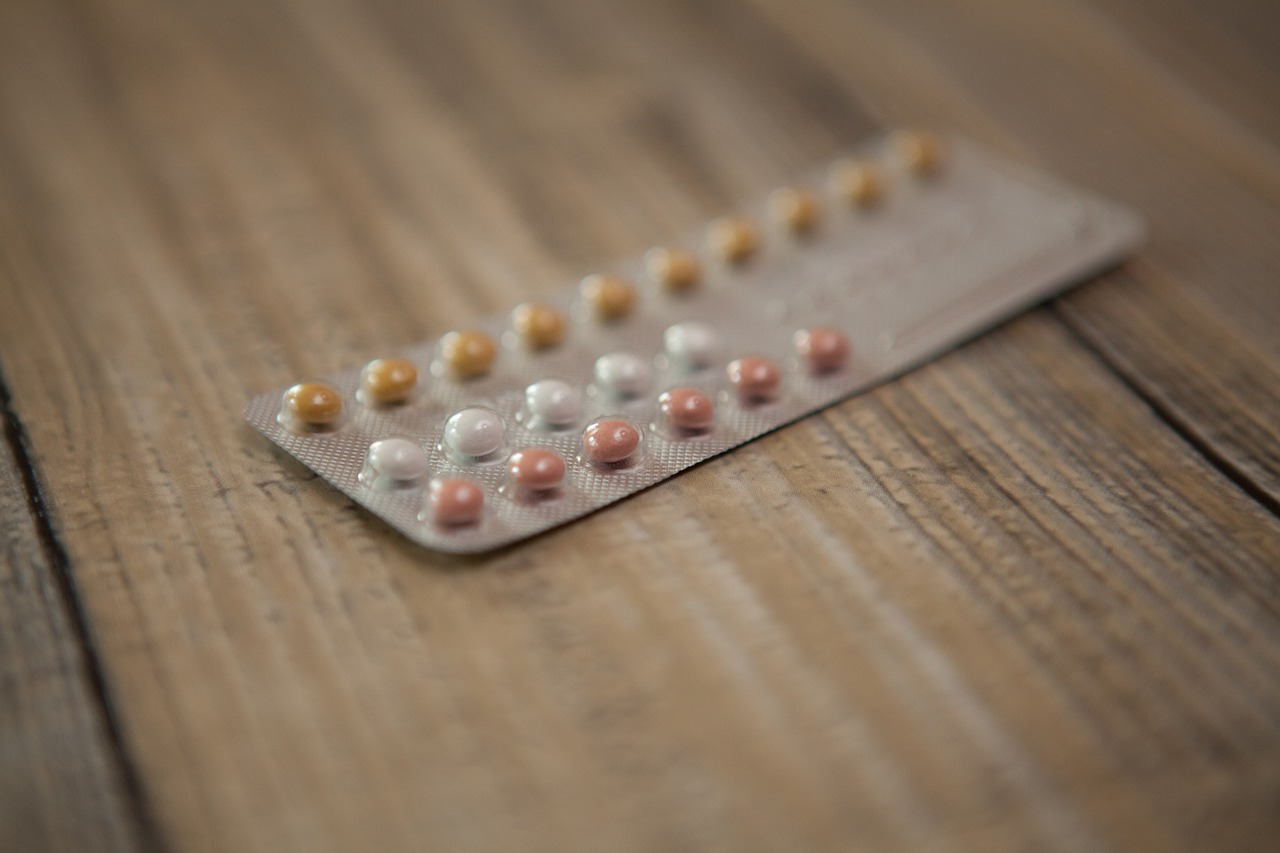
The following factors increase your risk of developing a venous blood clot:
Obesity
Pregnancy
Immobility (including prolonged inactivity, long trips by plane or car)
Smoking
Oral contraceptives
Certain cancers
Trauma
Certain surgeries
Age (increased risk for people over age 60)
A family history of blood clots
Chronic inflammatory diseases
These risk factors for arterial clots can be modified through changes in lifestyle or by medical treatment:
Diabetes
High blood pressure
High cholesterol
Lack of physical activity
Obesity
Smoking
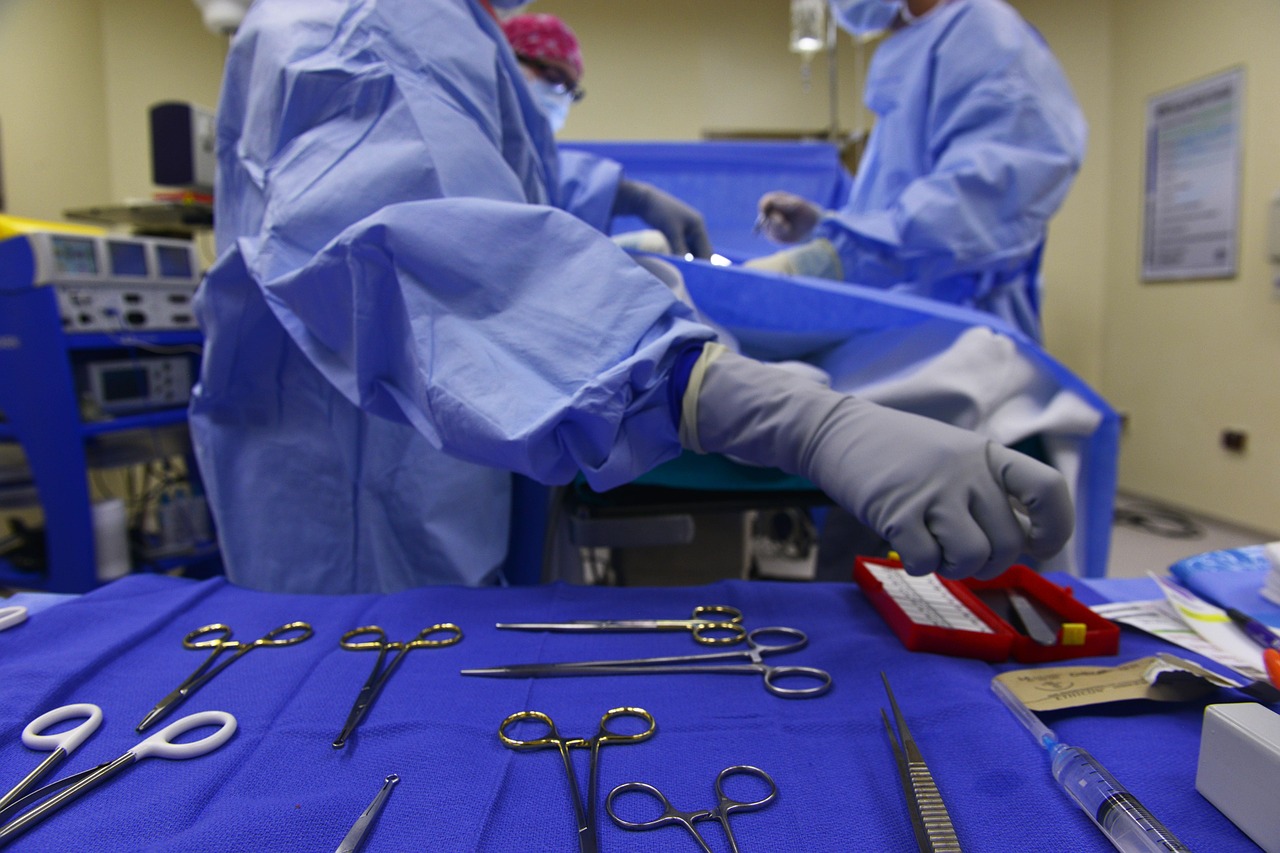
Additional risk factors:
Hospitalization for illness or surgery
Major surgery, particularly of the pelvis, abdomen, hip, knee
Severe trauma, such as a car accident
Injury to a vein that may have been caused by a broken bone or severe muscle injury
Hip or knee replacement surgery
Cancer and cancer treatments
The use of hormone therapy, which contains estrogen
A family history of blood clots
Obesity
Confinement to bed
Sitting too long, especially with legs crossed
Early Signs and Symptoms
Blood clots symptoms can vary dependent on where they are located in the body. According to the American Society of Hematology you may experience these symptoms if a blood clot has developed in these specific locations:
Arm or Leg – Sudden or gradual pain, tenderness, swelling, and warmth
Abdomen – Intense abdominal pain, vomiting and diarrhea
Brain – weakness of the face, arms or legs, difficulty speaking, vision problems, sudden and severe headache, dizziness.
Heart– chest heaviness or pain, discomfort in other areas of the upper body, shortness of breath, sweating, nausea, light-headedness
Lung -Sharp chest pain, racing heart, fever, shortness of breath, sweating and coughing up blood
Prevention tips
Healthy diet-Maintaining a healthy diet and lifestyle are key for your overall health. Avoid foods that are harmful for your health such as GMOs, processed foods, sugars and artificial sweeteners, trans fats and refined carbohydrates.
Active lifestyle-Regular exercise and avoiding a sedentary lifestyle are of critical importance for your health. If you have a desk job consider getting up to stretch your legs throughout your day.
Smoking-Whether you smoke cigarettes or use a vapor device, tobacco products increase your risk of blood clots.
Medication changes–Hormone medications, blood pressure and cancer medications can increase your risk for blood clots. Check with your doctor to see if there are any other options for you.
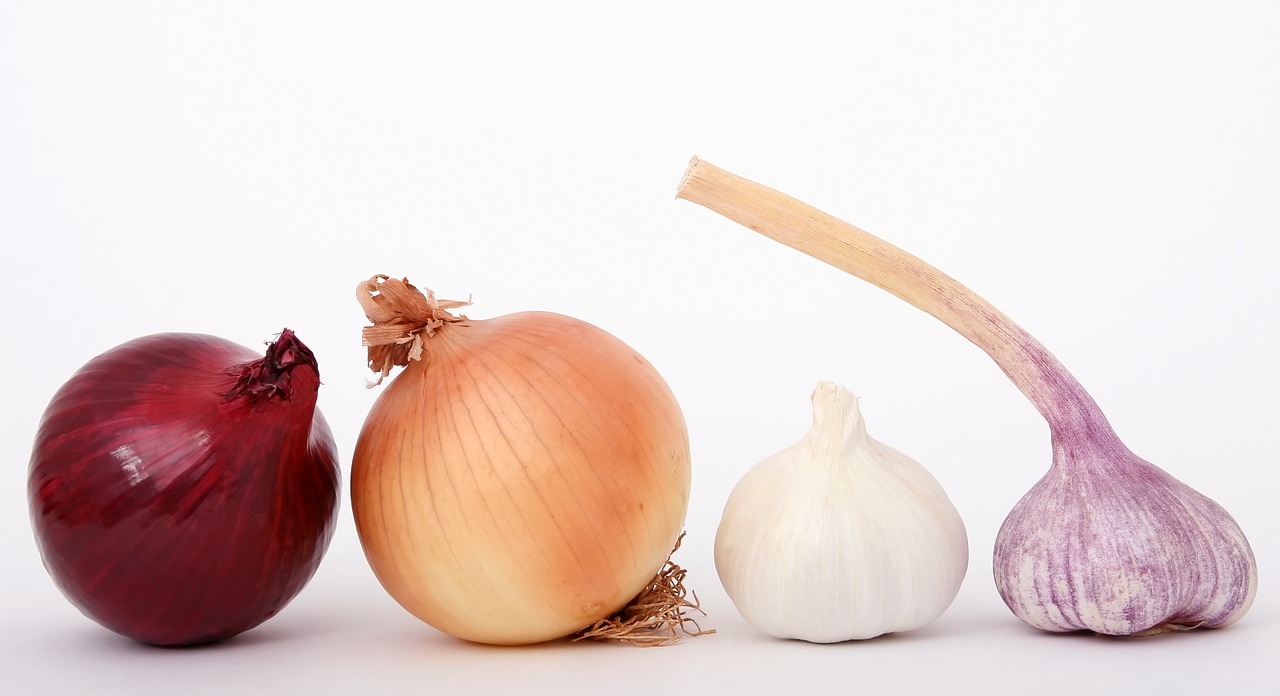
Natural blood thinners & supplements
These foods and supplements are beneficial to your overall health and may help with prevention of blood clots.
Omega 3 Fatty Acids-Foods high in omega 3 such as fish, pumpkin seeds and walnuts
Vitamin E-Prevents oxidation. Foods high in E include green leafy vegetables, almonds, avocado, broccoli, butternut squash and kiwi.
Natural antibiotics -Such as garlic, olive oil and onions. This study shows that garlic may be a useful in preventing of thrombosis.
Gingko-Reduces fibrin content which is a protein that is important in forming blood clots.
Bilberry, Ginger and Turmeric– These food reduce the ability of platelets to become clumped, which can lead to blood clot formation.
Vitamin C– Powerful antioxidant to maintain proper vascular health.
Always discuss any health concerns with your healthcare provider.
Learn more:
Screening tests for blood clots
American Society for Hematology
This article was originally posted at The Hearty Soul

